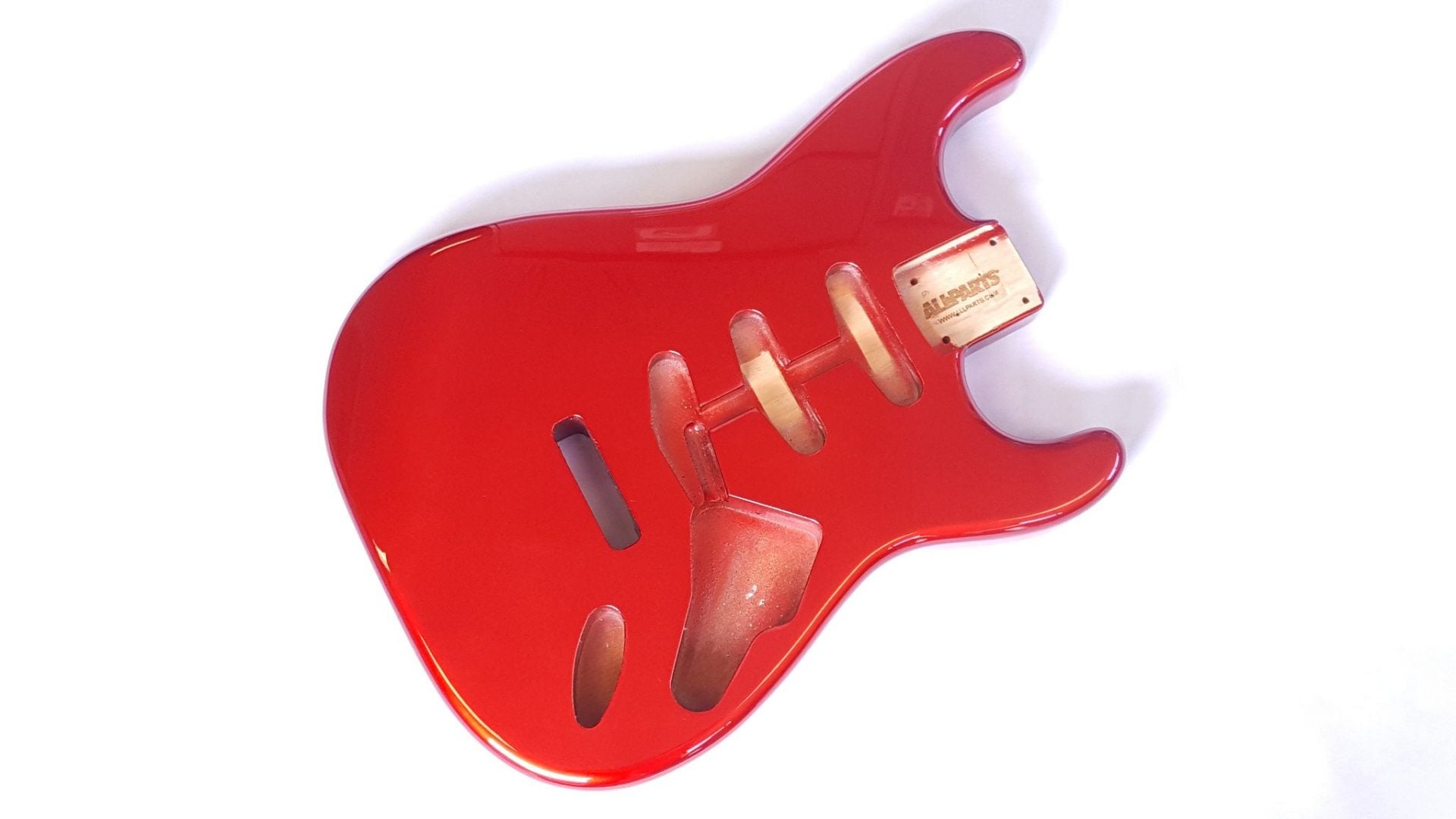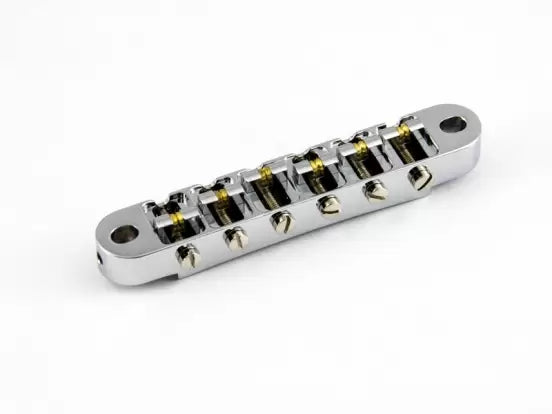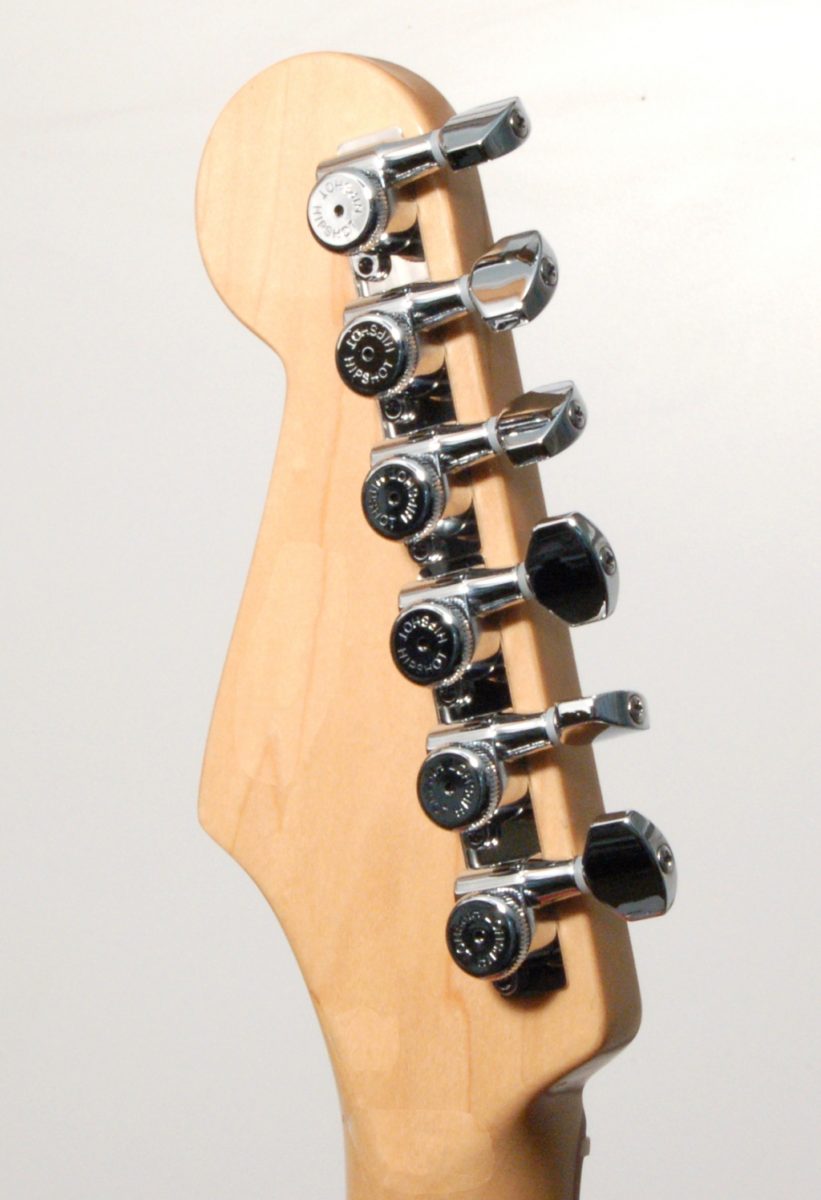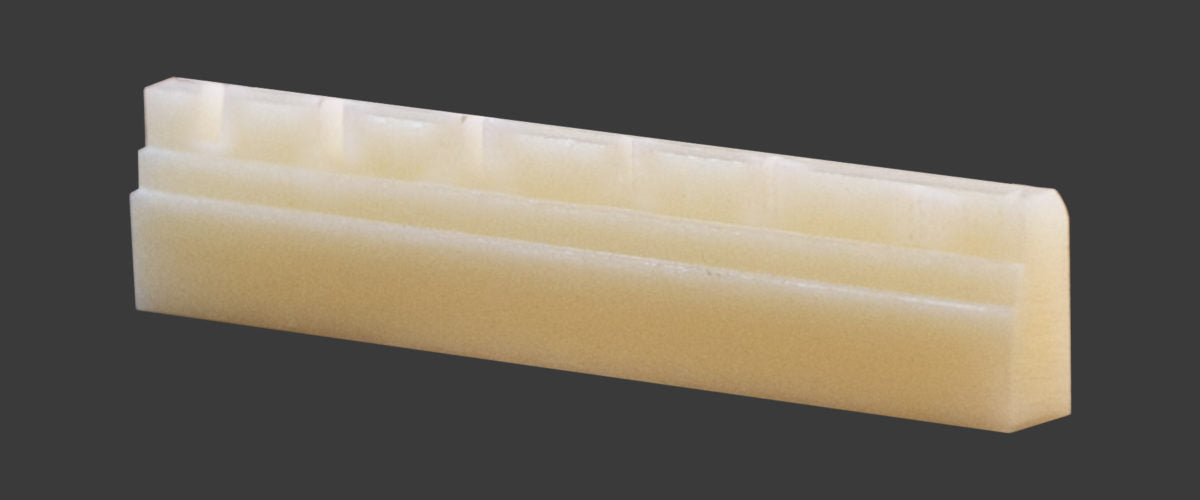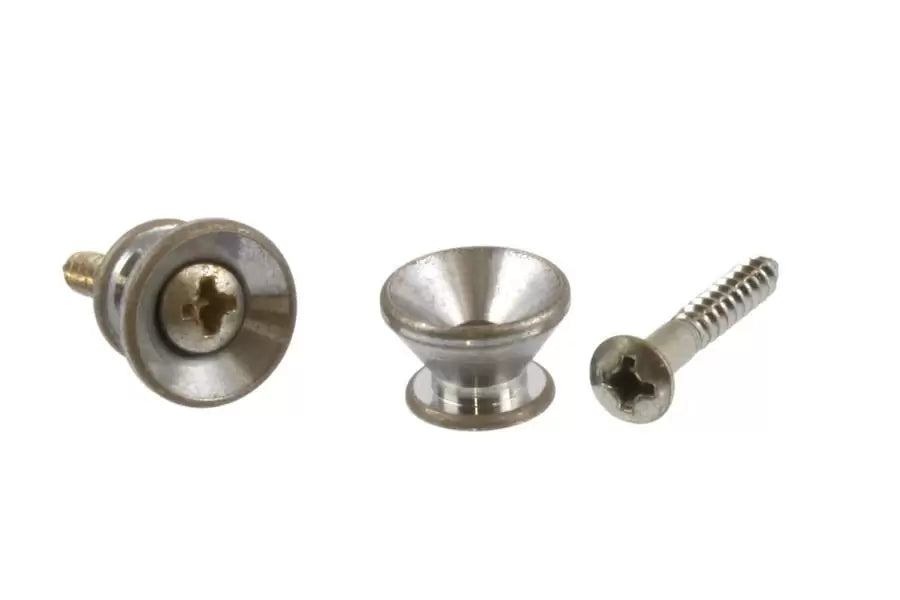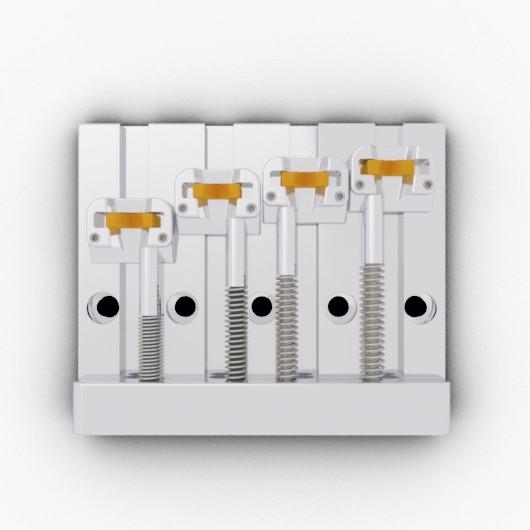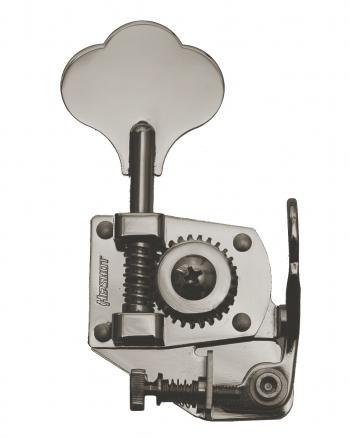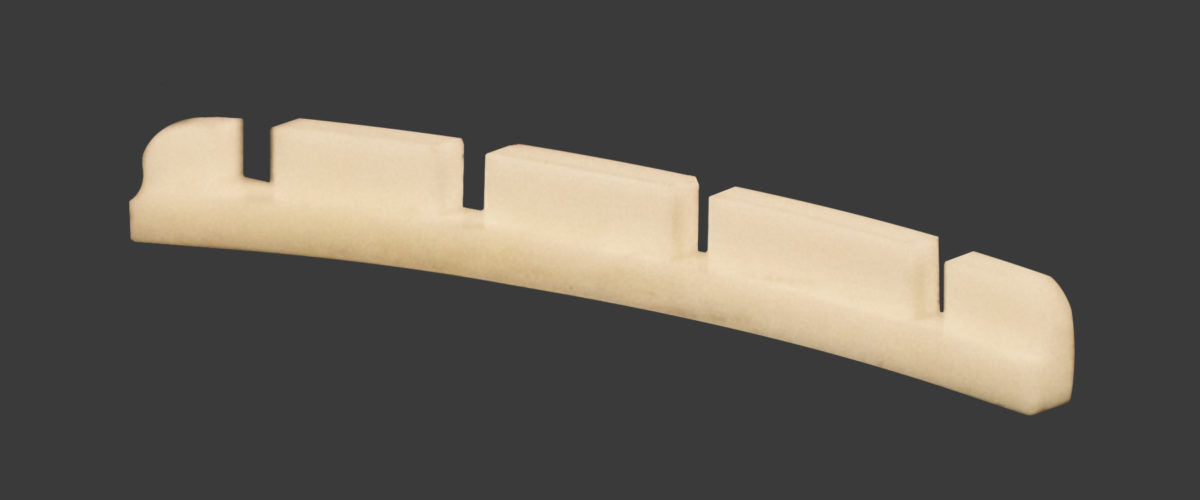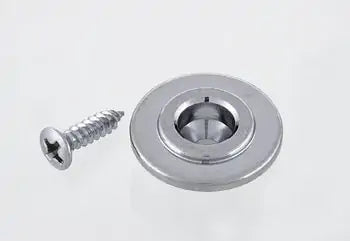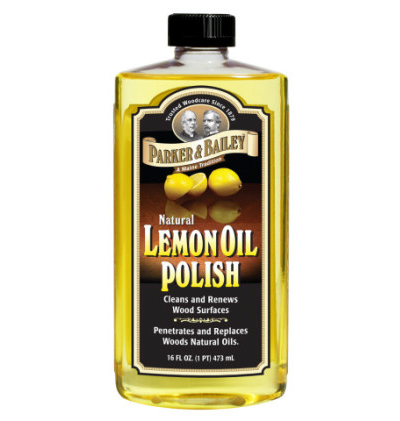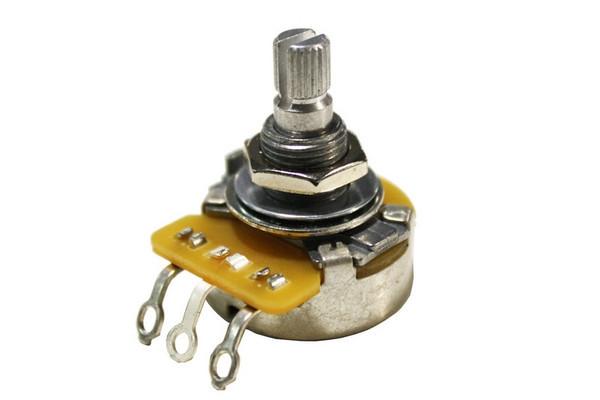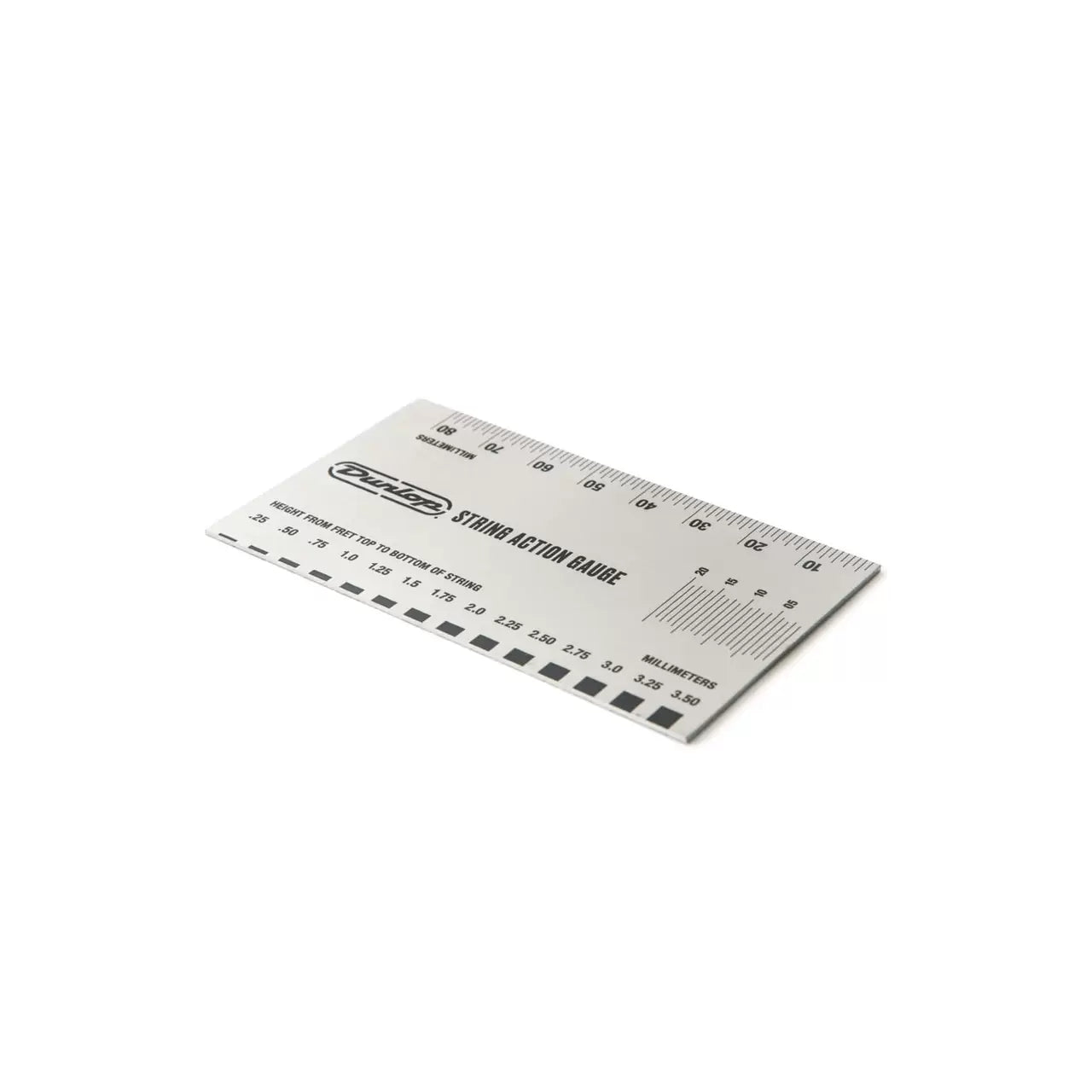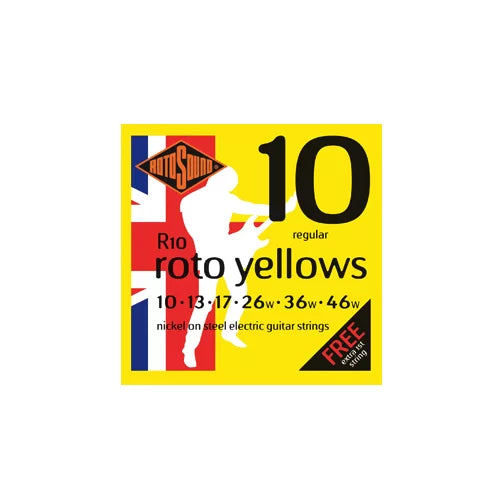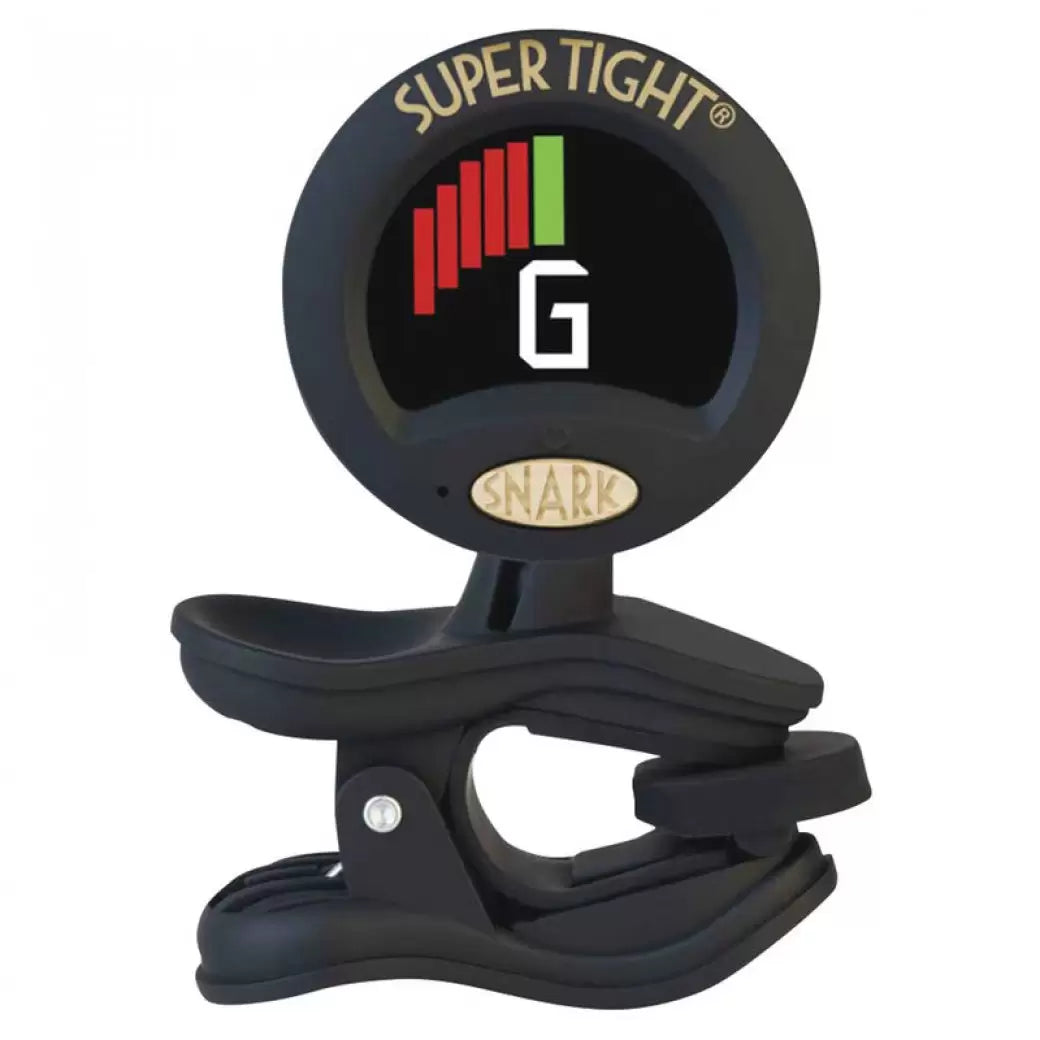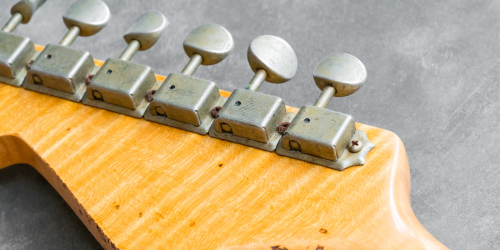Guitarists in need of a quick fix to tuning problems often end up looking to locking tuners as the solution. Yes, they can and do improve tuning stability, and a higher gear ratio will definitely improve tuning accuracy too. However, it can be parts located elsewhere on a guitar that are causing the problem. Let’s discuss…
You can read about ‘Why locking guitar tuners are the answer’ HERE
String Windings Around the Post
Yes, locking tuners make restringing your guitar a damn sight quicker and easier to do. Pull string through, lock, tune, cut – simple.
It can’t be ignored that it may be the windings around the post that’s causing poor tuning. Strings slipping around the post as you bend and stretch them is problematic and would need addressing. Here’s how to correctly restring a guitar.
The Nut
‘Binding’ at the nut – when the nut slot pinches the side of the guitar string, hindering its movement – is probably one of the main causes of poor tuning. Correctly shaping, slotting and seating the string will go a long way to solving your problems. (Read more from StewMac on Nut Making and Setup)
You may find that binding is more of an issue with guitars using tremolos or vibrato units (we’ll get on to issues with these units themselves later in the article). As the string passes back and forth over the nut, you can often find strings snag even when correctly setup. Introducing lubrication at the nut can help; Slick Nutz, Nut Sauce, or even a small amount of pencil lead will do the trick.
Another solution could be the just change the nut entirely. A self-lubricating nut, like the TUSQ XL and Black TUSQ XL nuts from Graphtech, would be perfect. However, they will require a certain amount of work to fit to your guitar.
If you’re swapping out the nut, you could go down the route of a roller nut, something like the Fender LSR. However, these often require permanent alterations to the fretboard in order to be installed. Unless your setup absolutely demands a roller nut, try other options first.
The are plenty of devices on the market designed to improve the string/nut relationship on your guitar, and thus improve your tuning stability. The String Butler always comes to mind. However, nothing beats the care and attention of a setup.
String Trees
These pesky things are trouble but often necessary for flat headstock guitars. A staggered set of tuners, either locking or non-locking, will certainly relieve a lot of the pressure of the string as it comes under the tree. With the right post heights, you may be able to remove the string tree altogether, but it does ultimately depend on the guitar.
A simple replacement of the winged or round tree would be a roller tree or similar. Introducing rollers into the setup allows the string to freely pass back and forth under the tree during bends – incredibly useful for guitars fitted with tremolo bridges or vibrato units (again, we’ll get to these later).
Allparts Roller String Tree – HERE
TUSQ Sleek String Tree –HERE
Vibratos
Can’t live with them, (mostly) can’t live without them. Be it tremolo bridges or vibrato tailpieces, this type of hardware is notorious for causing poor tuning stability. But are they actually the problem? Personally, I see it that addressing all of the above would resolve most of your tuning issues. However, lubrication around the posts, fresh set of springs, and (again) attention to the guitar’s setup (string height and intonation) should contribute to better tuning stability.
